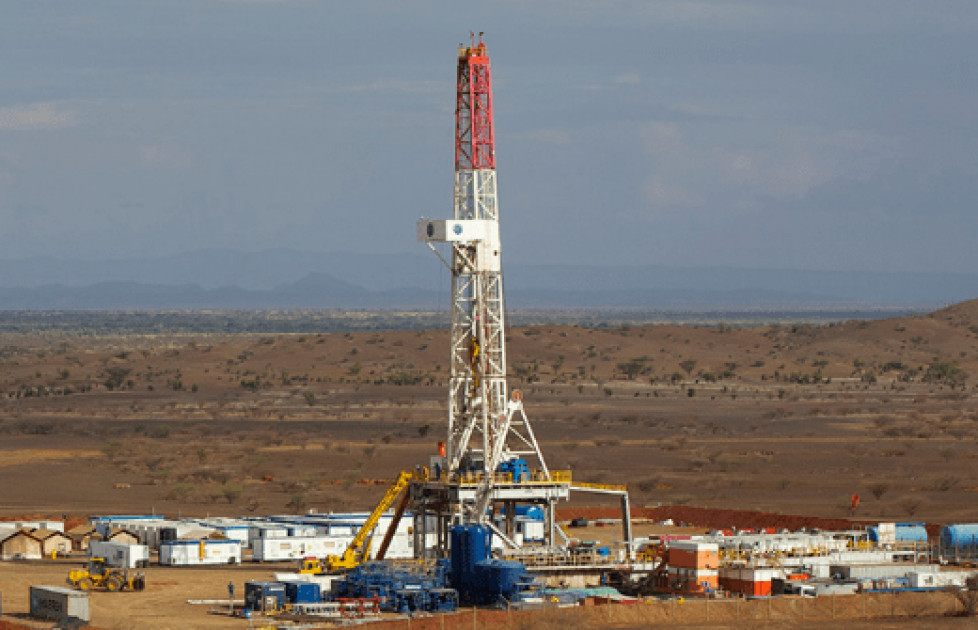OPINION: Why Kenya’s oil economy status remains a pipe dream


Audio By Vocalize
President Uhuru Kenyatta launched the Early Oil Pilot Scheme (EOPS) on 3rd June 2018 in Turkana County amid high hopes of Kenya becoming an oil exporting nation and beating its neighbours to the punch.
At the time, the EOPS project entailed the transportation of 2000 barrels of hydrocarbon reserves per day from Turkana to the Kenya Petroleum Refineries Limited (KPRL) in Mombasa.
Tullow Oil also at the time confirmed that the scheme was meant to understand the South Lokichar hydrocarbon crude through Well testing, which would inform Full Field Development.
The project was also intended to establish logistical infrastructure through road upgrades of the A1 and C46 roads and enable national and county governments to gain technical expertise as the project transitioned from exploration to development.
The oil production levels under EOPS were comparatively low
compared to the planned production rates of 130,000 barrels per day, as
indicated in the upstream environmental and social impact assessment study
(ESIA).
On August 26, 2019, the country witnessed the culmination of the EOPS journey when President Uhuru Kenyatta flagged off the maiden lifting of 240,000 barrels of Kenya’s crude, considered the first ever, from East Africa to the international markets. This generated USD 13,400,913 in revenues against the global price of crude oil at the time.
During a presentation at the Senate by the CS for Energy and Petroleum yesterday, CS David Chirchir stated that 414,777 barrels of crude were sold under EOPS. This was at an overall project cost of USD 51,022,971, translating to accrued revenues of USD 27,292,479.
While it would be argued that EOPS was an important
yardstick for the Kenyan government and the Project Oil Kenya partners for
marketing and benchmarking, it fails to determine why the project continued
post-lifting of the initial consignment in the full glare of the impending
losses at the cost of USD 23,730,492.
On 27th
June 2018, barely a month after the launch of the EOPS, communities along the
Lokichar-Kapenguria road were affected by the closure due to concerns and
frustrations about rising insecurity due to armed banditry. The government was
on record stating that the suspension of EOPS due to the 7-week stoppage by communities
had resulted in losses estimated at KES 400 million.
While rushing to streamline petroleum governance frameworks, Kenya developed a transparency and accountability framework and action plan anchored on section 119 of the Petroleum Act 2019.
However, implementation is yet to be seen, which means that
the public may never fully grasp the implication of the significant losses
accrued under EOPS would mean for Kenya’s percentage of profit oil once
production commences.
The government needs to build and sustain citizen confidence by fully disclosing the EOPS agreement and the Production Sharing Contracts of the South Lokichar oil basin project. Without full disclosure and community veto power on free prior and informed consent, disenfranchised communities will utilise the only leverage at their disposal, such as disruptions to oil infrastructure development as experienced under EOPS.
Importantly, natural resources, specifically hydrocarbon
resources, belong to the citizenry and deserve full accountability by the
government they voted for.
Muturi wa Kamau -Is an expert in the extractive industry and is currently the Programs Manager at the Community Action for Nature Conservation (CANCO) and National Network Coordinator of Kenya Oil and Gas Working Group (KOGWG)


Leave a Comment